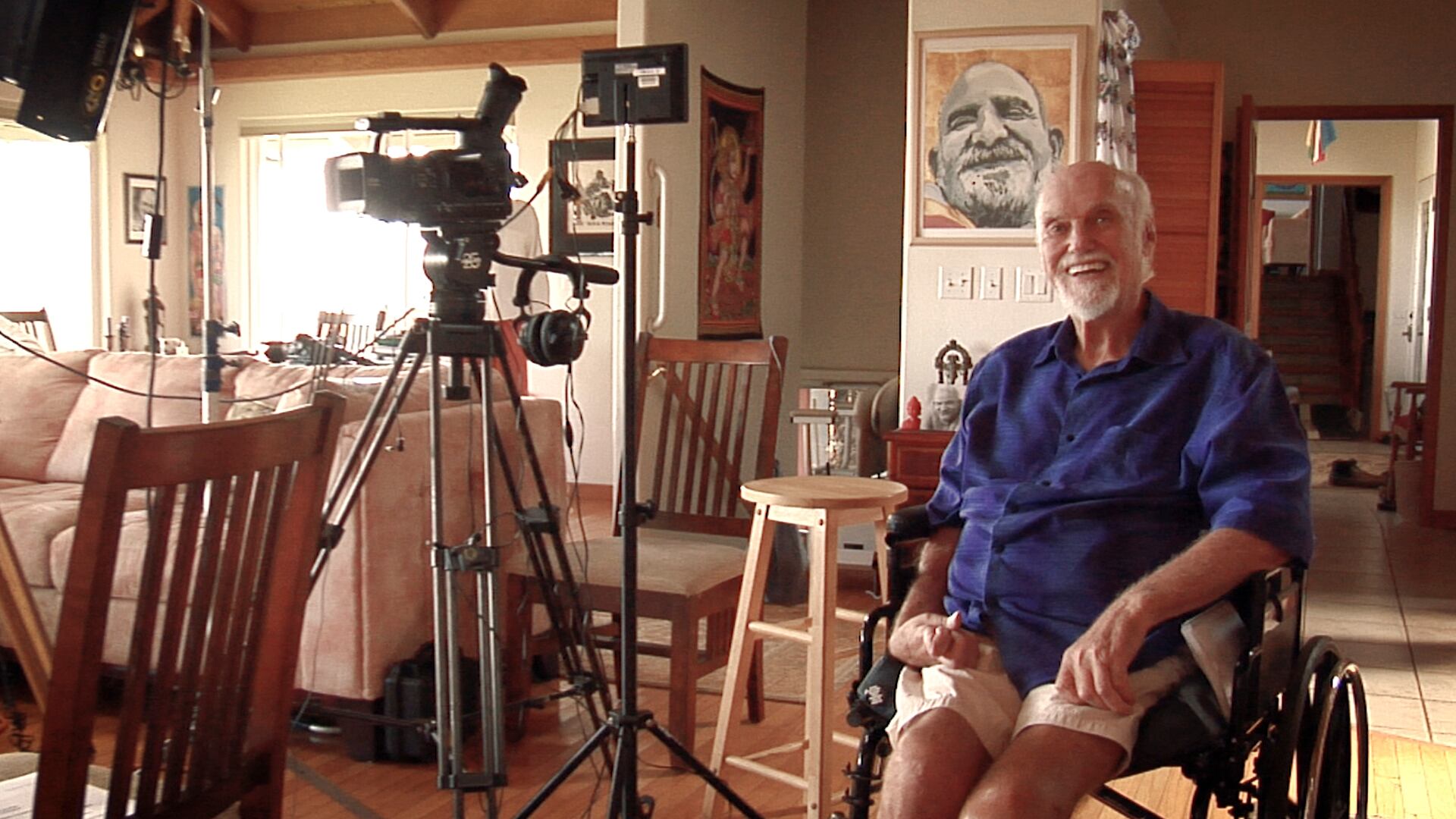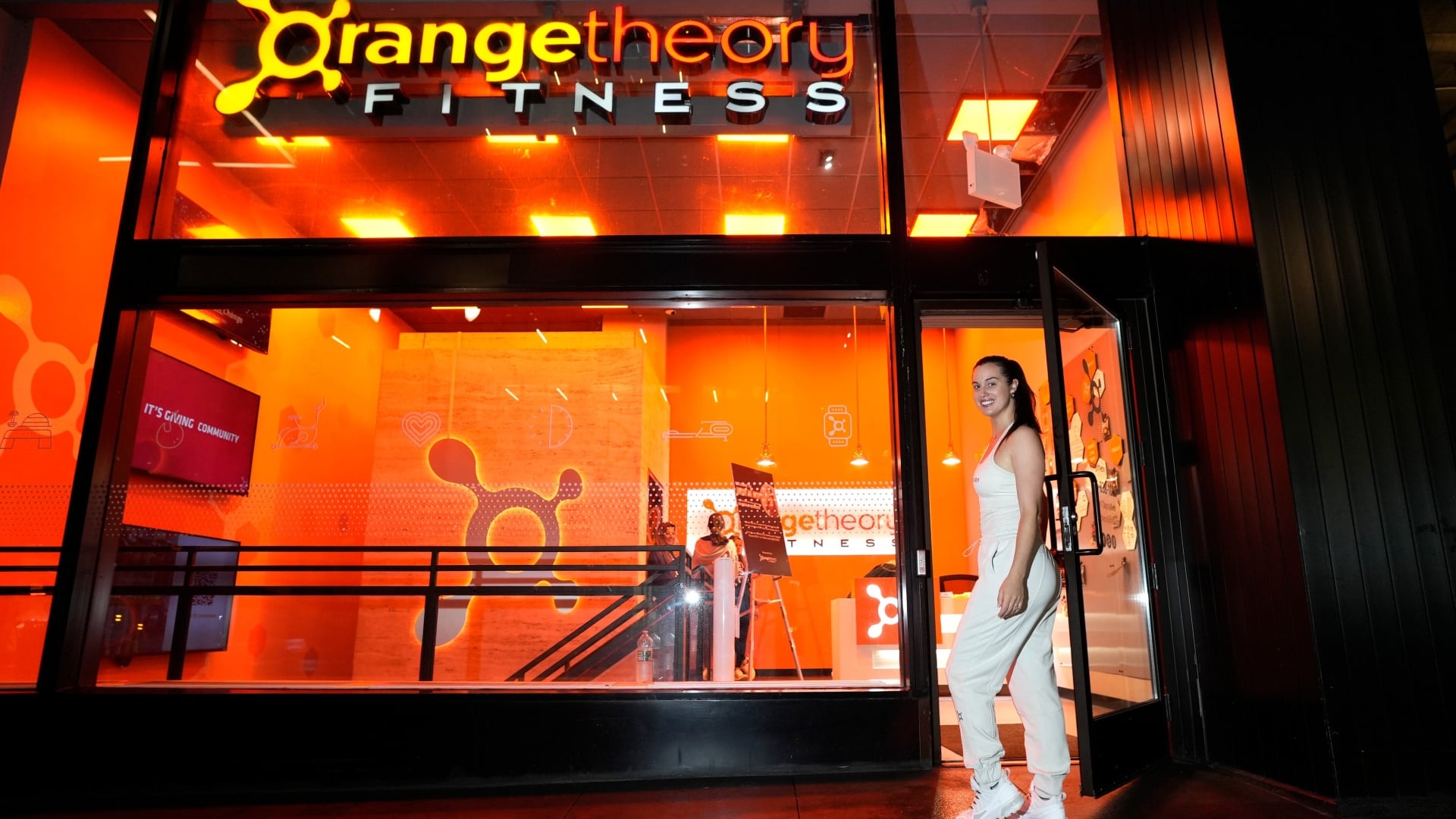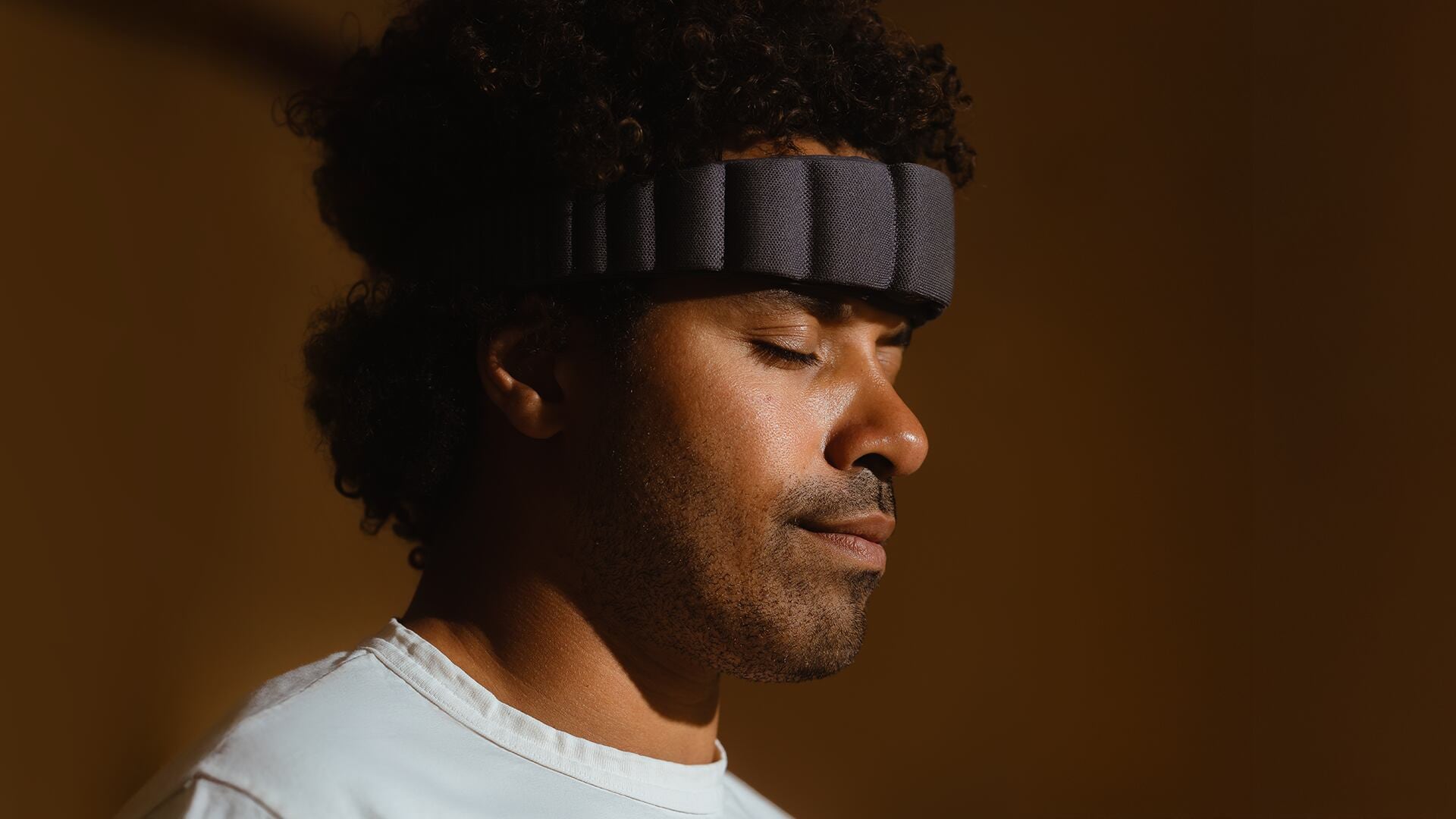Can psychedelic drugs help craft more intuitive technology? Google certainly thinks so.
Deep inside an under-the-radar research division at tech giant Google, the lens of analysis has been turned decidedly inward. Within Google Empathy Lab, which works cross-departmentally at Google in everything from health to AI, researchers care less about what humans do or create, and more about how they feel and their perceptions of the world. As Google Empathy Lab founder Danielle Krettek explained, in order to create technology that appropriately serves humanity, designers must first learn to understand the users they create for.
"Our mission is to ensure that our most essential human values are designed into the future and into these advanced technologies — so really shaping technology into an enlivening, soul-nourishing, human-flourishing force for good," Krettek said. "Technology tends to think of solving peoples' problems, but we like to look at people not as problems to solve, but as people that are kind of forces unto themselves, being expressed into the world, and how do we kind of show up and meet all of them?"
The lab, Krettek said, collaborates with "scientists and artists and poets and peacemakers and economists" to better inform its understanding of humanity. By better understanding people, Google hopes it can better design technology to serve them — infusing technology with an EQ as high as its IQ.
Enter author, psychologist, and psychedelic enthusiast Dr. Richard Alpert. Known best by his moniker, Ram Dass, the 88-year-old author's varied personal history and celebrated spiritual insights are the subject of Google Empathy Lab's first film undertaking: a documentary called Becoming Nobody.
Directed by Dass devotee Jamie Catto and released by Love Serve Remember Films and Google Empathy Lab, Becoming Nobody debuted Sept. 6, and will play in select theaters nationwide throughout the fall. The film touches on some of Dass’ most formative experiences, from his psychedelic experimentation and relationship with psychedelic advocate Timothy Leary, to his time spent in India with his guru, Neem Karoli Baba, called Maharaj-ji by his followers.
Central to the film are Dass’ spiritual teachings, many of which are enshrined in his acclaimed book, Be Here Now.
"Ram Dass said that he came back from India with a jewel to share. I hope this film is my way of making sure that jewel has a strong life and trajectory long after Ram Dass has left this plane; it's mounted and available to the public forever," Catto, the film's director, said in a statement.

That same “jewel” of wisdom is what drew Krettek to Dass. Having grown up with his teachings in her home, she later drew on them when founding Google Empathy Lab. One such teaching is the concept of treating "everyone you meet like God in drag," a saying Dass is known for.
"There are so many of his teachings that feel like they just capture it all for me," Krettek said. "It wasn't just a personal influence for me; it actually felt like it was directly aligned with the work, the scientific conversation, the spiritual conversation, the human conversation."
"I was like, 'Oh, all of a sudden it feels like Ram Dass and Google are the same thing.'"
Krettek joined Google after an already impressive career at companies like Nike ($NKE) and Apple ($AAPL), where she worked with legendary founder Steve Jobs. Krettek wrote in an essay for Semi Permanent that the idea for Google Empathy Lab unfurled over time, less a pitch than an evolution.
“I feel like there are some individuals who live their lives on this epic scale. What’s rad is one was someone I worked with, in Steve Jobs. And Ram Dass, I feel like he has ushered in so many movements in human experience,” Krettek said.
A prominent Harvard psychologist in the early 1960s, Dass’ research on human consciousness eventually led to experimentation with psychedelics, including LSD and psilocybin, which the city of Denver decriminalized in May. That research eventually got him and his colleague, Timothy Leary, dismissed from Harvard, but also kicked off his search for the type of egoless, transcendent high that lasted longer than a drug-induced one. In 1967, Dass went off to India to study with the Maharaj-ji, "a being who didn't come down," as he said in a clip from Becoming Nobody. Dass returned from India with insights on how to live a more authentic life.
Much of what Krettek admires about Dass are the many different channels he uses, or approaches he takes to studying the human condition. She likened them to languages: he can speak to "science, he can speak psychology, he can speak embarrassing human moments of awkwardness, he can speak spirituality and cosmic truth, he can speak love, he can speak divine." Along that vein of thinking, psychedelics are just one of these many languages.
"Buddha says that there are 84,000 doors to consciousness and it doesn't matter which one you walk through," Krettek said. "When I look at [Ram Dass'] psychedelic work, he laughs at it, too, because a lot of people love to walk through that doorway. It's a good doorway!"
His many insights have aided in research for Google Empathy Lab. Krettek said her work there often starts from a place of “deep human inquiry” from which she can draw to help designers with their work on everything from hardware to algorithms. Artificial intelligence is one of the many areas Krettek’s team touches — but she said it would be a misnomer to suggest Google Empathy Labs is teaching computers how to feel. Rather it's teaching its workers how to feel as they build technology, and how to be reminded of their own humanity as they dabble in concepts that might make them feel disconnected.
As Dass put it in a tone poem, made by the Google Empathy Lab this past spring: "We got so enamored of the power of our analytic mind, because, look, we can go to the moon... but it turns out that the intellect is only one way of knowing the world."
If it all sounds a bit abstract, it’s helpful to think of Krettek’s process, which she calls “design feeling,” as a riff on "design thinking," through which engineers and designers seek to better understand their users. It’s through similar processes that designers have come up with features like the curved edge of an iPhone or the infinite scroll feature on some websites and apps like Instagram. But as technology grows more advanced, so too does the application for design thinking and feeling.
“Now it’s not about infinite scrolls and other design elements, like gradients and rounded corners, we are into this invisible spaces where there are deeply emotional and neurobiological things that make us human. The idea of rapport and relationship and emotion and how all those watery things show up across the pattern of our habits with technology and our devices and these advanced technologies ...that’s the kind of stuff that i spend time really getting deep into with our designers,” she said.
Collaborations, like the one that kicked off with Dass in 2018, inevitably help inform Krettek’s process because as she said, “at the table of humanity you need everyone to be at the conversation to serve everyone.”
Food is something that comes up quite a bit with Dass, who has been essentially wheelchair bound since he suffered a catastrophic stroke in 1997. Krettek said Dass thinks of his service as feeding people — spiritually, intellectually, and literally. Perhaps not so coincidentally, it was during a meal that she had her big "aha" moment with Dass.
"I was like, 'OMG, I'm going to meet Ram Dass. This is such a big deal… What's some really big, cosmic-like, universal-meaning question I can ask, and he'll just crack it open," she said. "I get there and the thunderbolt was like over eggs at his breakfast table."
Once she sat down with Dass, she said she just got it: she became nobody.
"In that moment, that Becoming Nobody thing happened because everything around us disappeared — including me," she laughed. "It's the thing that I struggle to get to every morning when I meditate, and then it just shows up when you get quiet, and that's what's funny. It's all so simple. 'Be here now' is what that is."









